Cranko: The man and his choreography
Matador, £24.95 pb, 207 pp
An ever-rattling mind
Reading Ashley Killar’s compelling biography, Cranko: The man and his choreography, feels like studying the modernisation of ballet in three countries, the way ballet eats up lives as often as it forms families of peers and lovers, and the unending devotion required for creativity to flourish. It is pleasing to learn how a determined man with an ever-rattling mind, backed by a calm, philosophical manager, could challenge opera house dominance to make the Stuttgart Ballet an independent entity, with its own school supported by a philanthropic institution named after the city’s first ballet master of the 1750s, Jean-Georges Noverre, whom David Garrick called ‘the Shakespeare of the dance’.
John Cranko’s primary concern was for ballet to be as alive as anything Shakespeare put on stage, and that’s how, during Stuttgart Ballet’s Australian tour in 1974, critics saw his two big ballets, The Taming of the Shrew (Scarlatti) and Onegin (Tchaikovsky-Stolze), as well as short works Jeu de Cartes (Stravinsky), Brouillards (Debussy), and Act Two of Swan Lake. A fourth ballet, Voluntaries (Poulenc), was created by guest artist Glen Tetley to honour Cranko, who had died on a flight back to Germany after a successful US tour in 1973, aged forty-five. Although Romeo and Juliet and Onegin remain in the Australian Ballet’s repertoire, Stuttgart Ballet has never returned to Australia.
Born in South Africa, Cranko was one of the most adventurous choreographers to graduate from London’s Royal Ballet School after World War II. A precocious child enthralled by music – such as Stravinsky’s Firebird, which his parents saw in London danced by Diaghilev’s Ballets Russes in 1924 – he made puppets so cleverly that he was given a theatre for marionettes, for which he sewed colourful costumes by hand. Innately theatrical, imaginative, and mercurial, he was determined to make narrative ballets. His first was The Soldier’s Tale, inspired by Stravinsky’s 1918 score, made for the Capetown Ballet Club. He was just seventeen, and away from his Johannesburg home was exposed to a world of artists, gay bars, and camp chatter.
Continue reading for only $10 per month. Subscribe and gain full access to Australian Book Review. Already a subscriber? Sign in. If you need assistance, feel free to contact us.



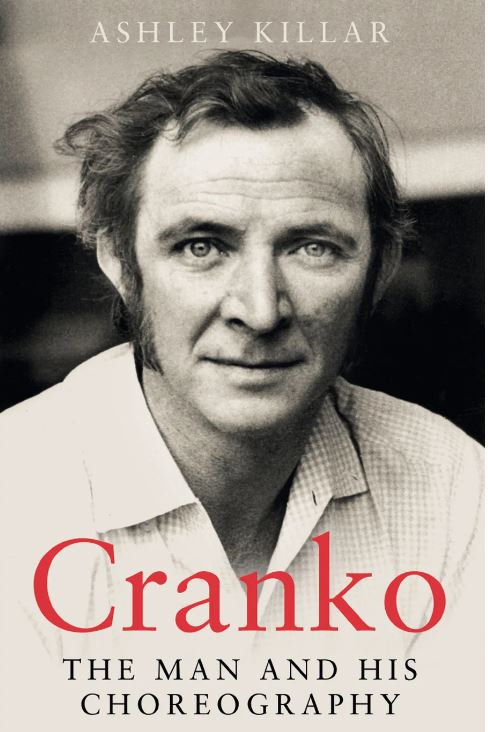
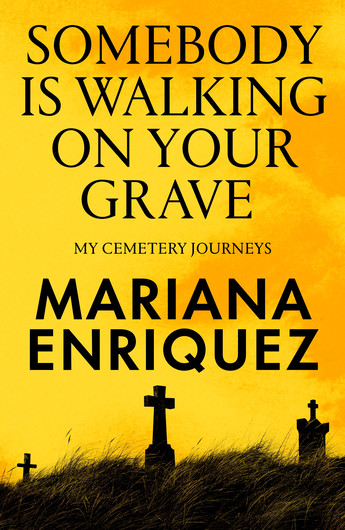
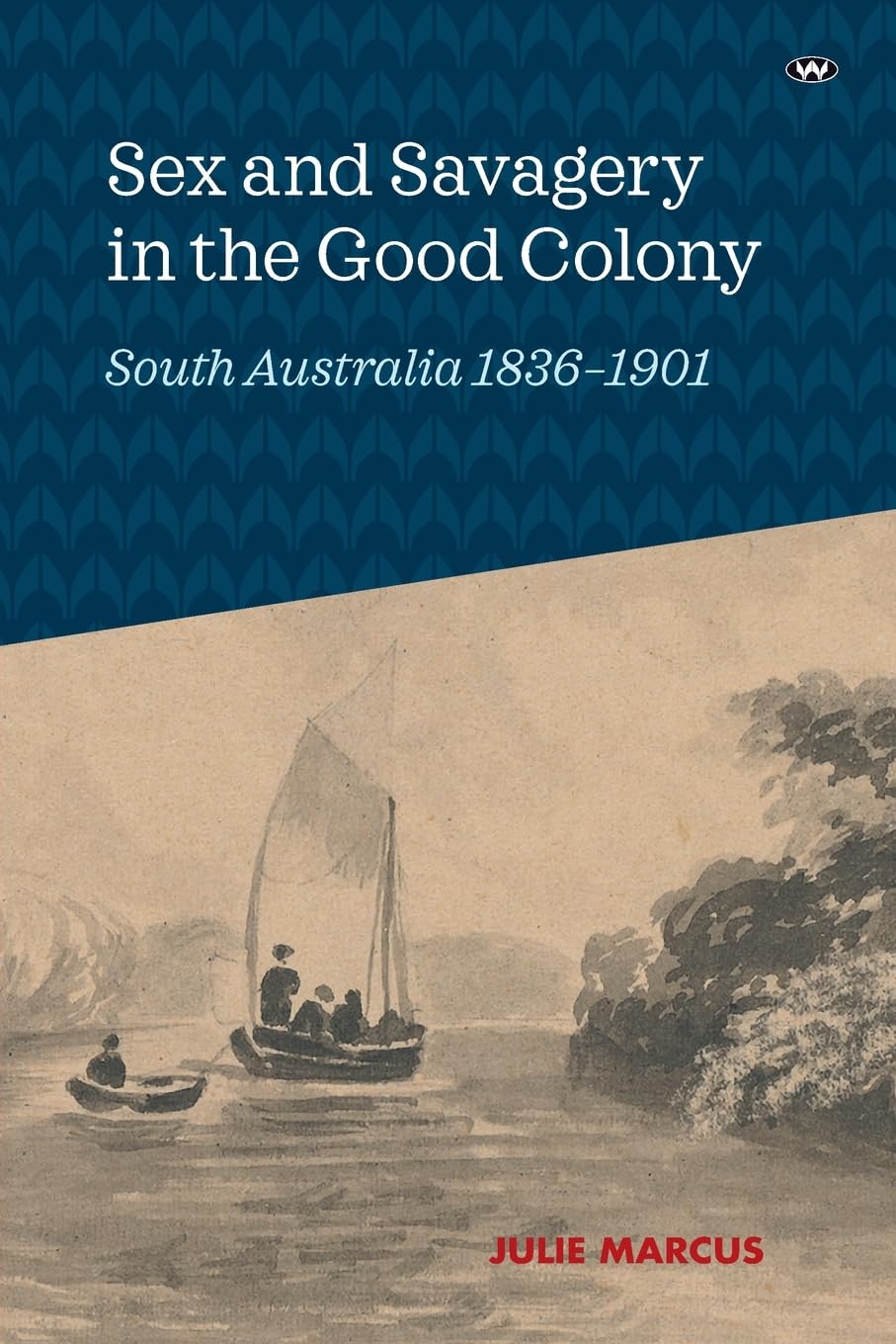
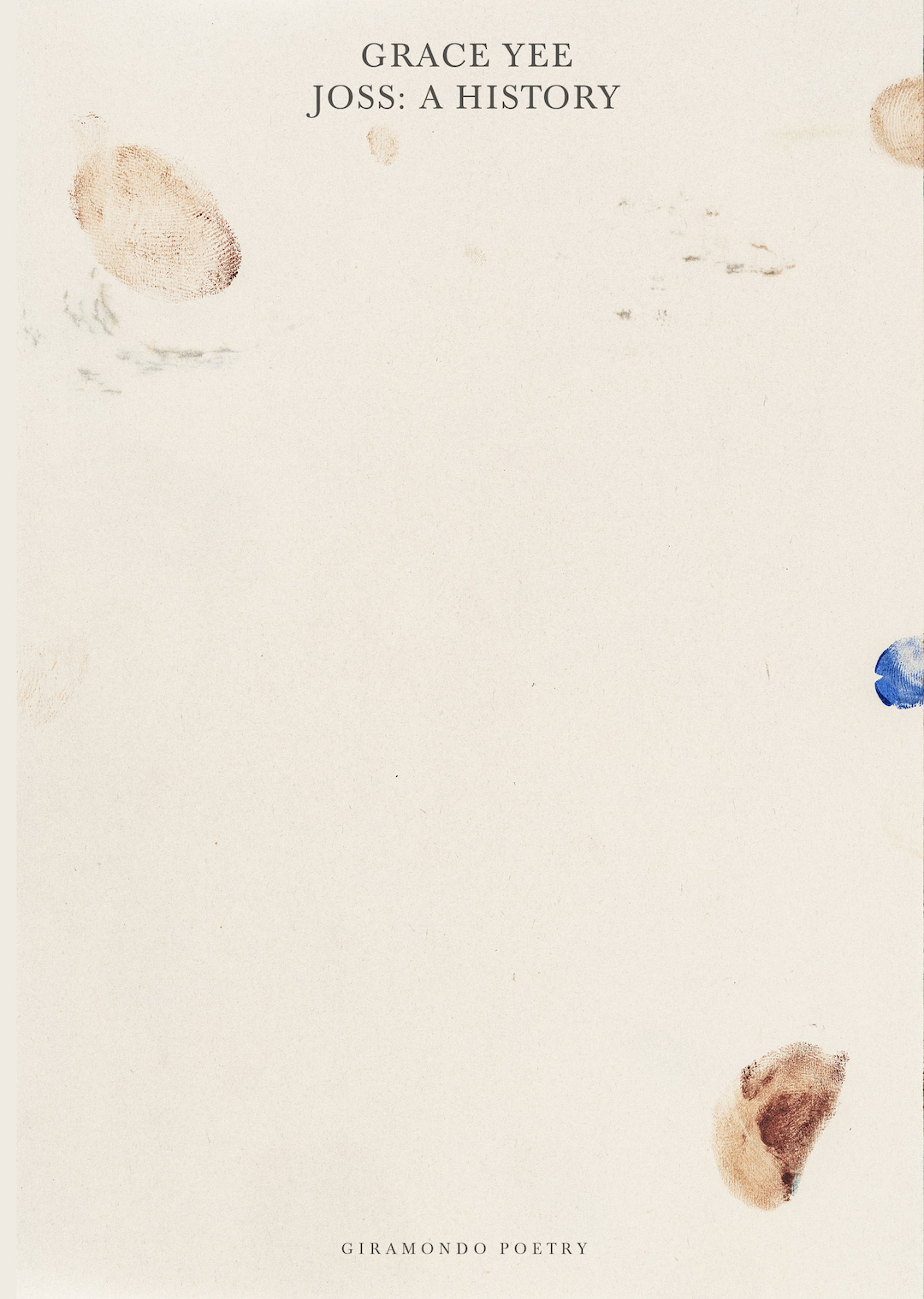
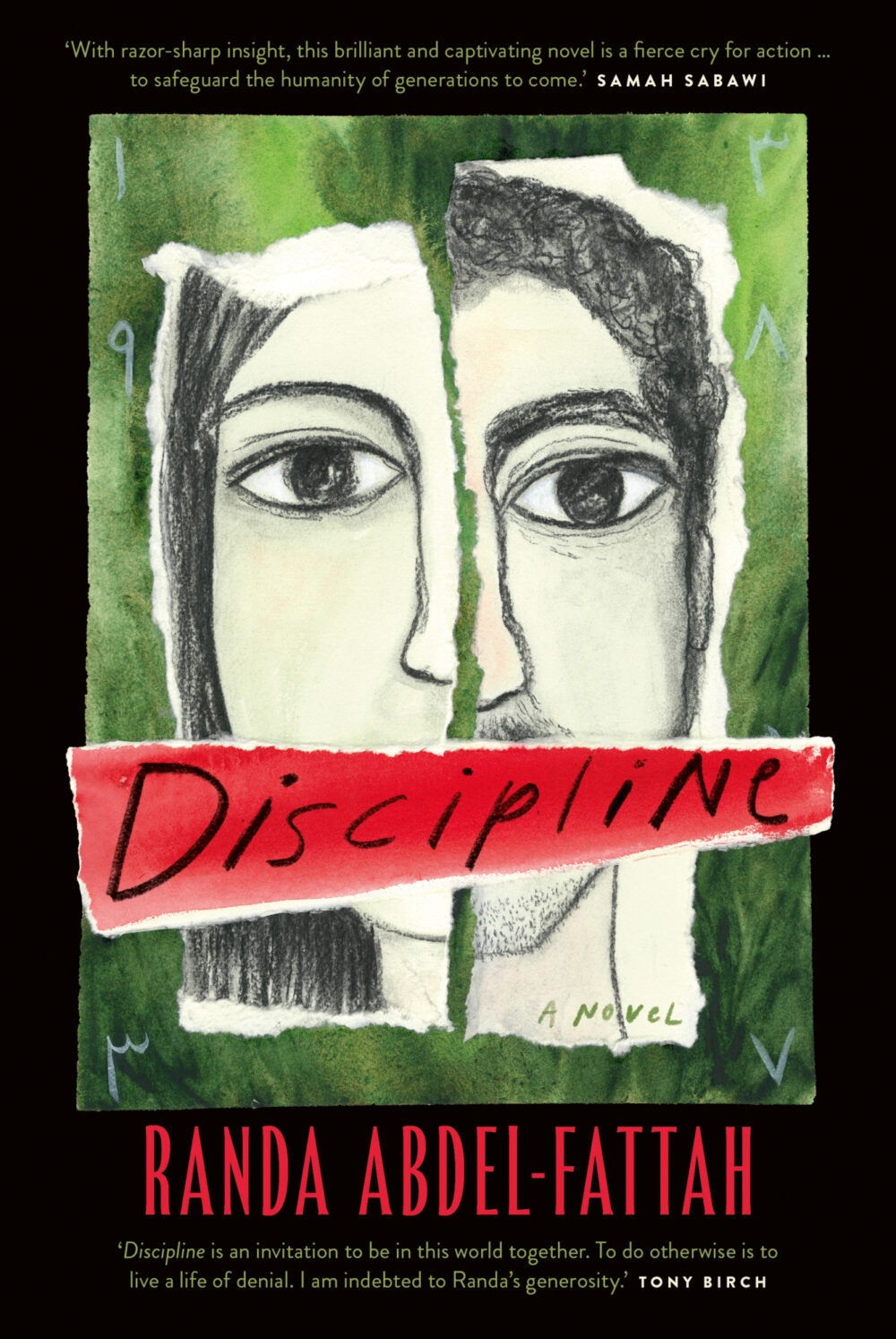
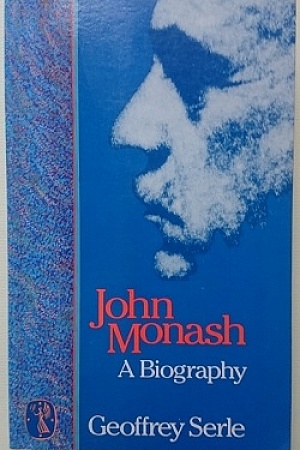
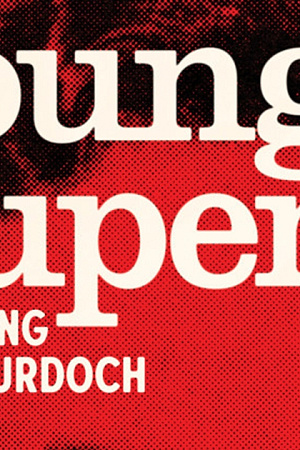
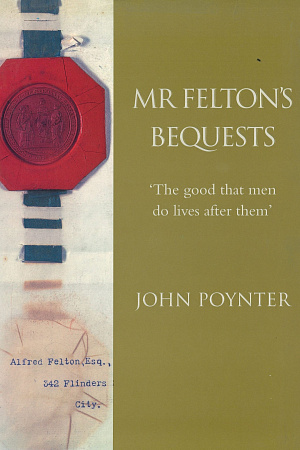
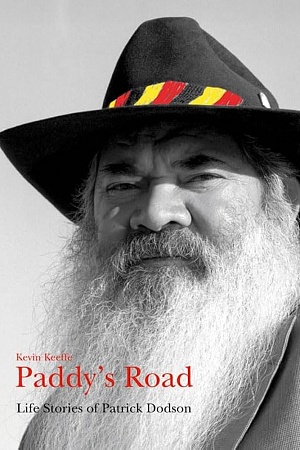
Leave a comment
If you are an ABR subscriber, you will need to sign in to post a comment.
If you have forgotten your sign in details, or if you receive an error message when trying to submit your comment, please email your comment (and the name of the article to which it relates) to ABR Comments. We will review your comment and, subject to approval, we will post it under your name.
Please note that all comments must be approved by ABR and comply with our Terms & Conditions.